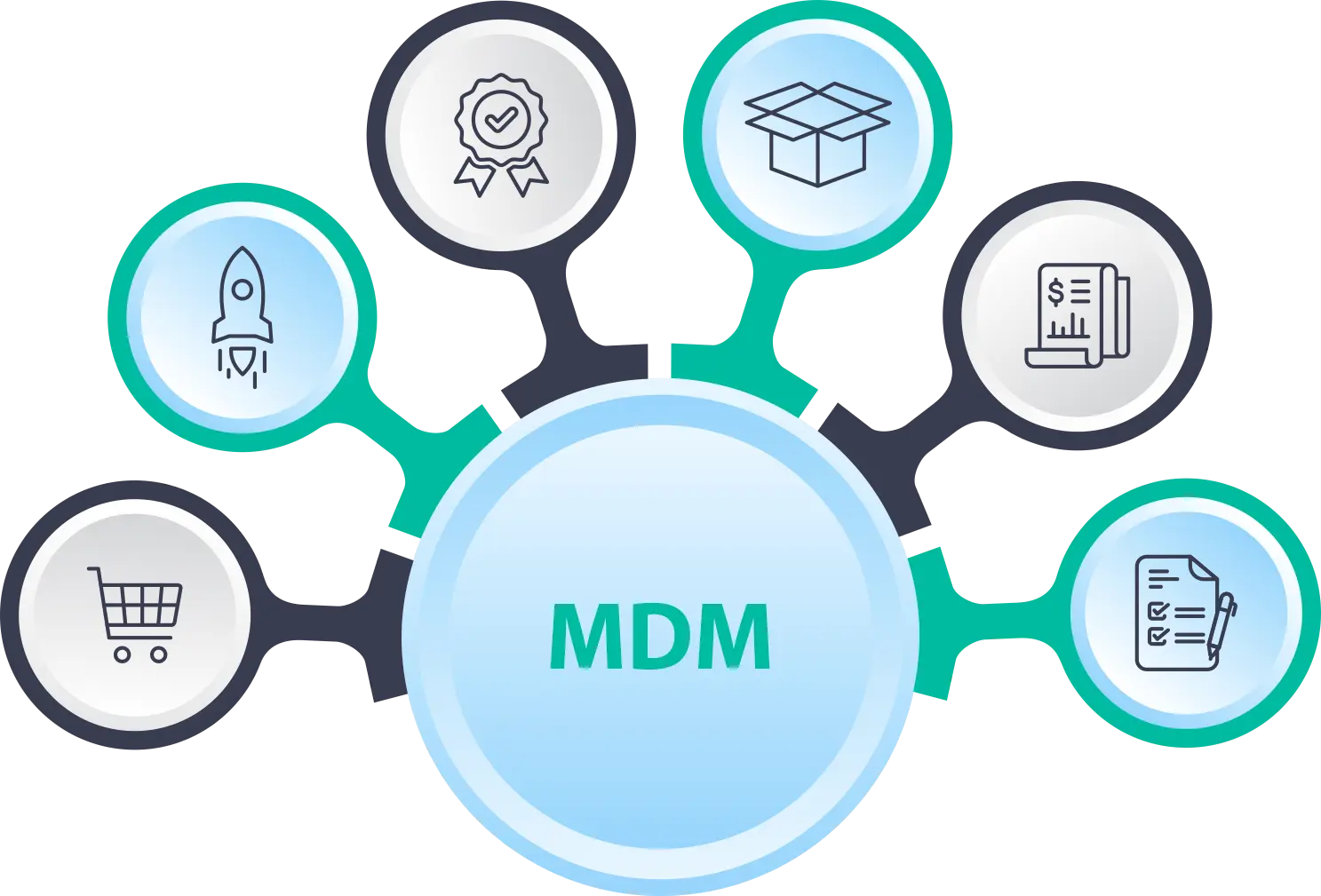Streamline Your Data with Data Standardization Techniques

In today's data-driven world, organizations are inundated with vast amounts of data from various sources. However, this data is often messy, inconsistent, and siloed, making it difficult to extract valuable insights and make informed decisions. Data standardization is the process of organizing and structuring data in a consistent format, making it easier to analyze, integrate, and share across different systems and teams. To find the best data enrichment services, you can also contact Acme Data.
The Importance of Data Standardization
Standardizing data is crucial for maintaining data quality and integrity. By implementing data standardization techniques, organizations can:
1. Improve Data Quality:
- Identify and correct errors and inconsistencies in the data.
- Ensure data is accurate, complete, and up-to-date.
2. Enhance Data Integration:
- Facilitate data integration across different systems and platforms.
- Enable seamless data exchange between internal and external stakeholders.
3. Increase Data Visibility:
- Make data more accessible and understandable to users.
- Enhance data transparency and traceability.
Common Data Standardization Techniques
There are several techniques that organizations can use to standardize their data effectively:
1. Data Cleaning:
Data cleaning involves identifying and correcting errors, inconsistencies, and duplicates in the data. This process may include removing irrelevant data, filling in missing values, and standardizing data formats.
2. Data Transformation:
Data transformation involves converting data from one format or structure to another. This may include normalizing data, creating new variables, or aggregating data from multiple sources.
3. Data Enrichment:
Data enrichment involves enhancing existing data with additional information from external sources. This may include adding geolocation data, demographic information, or market trends to enrich the existing dataset.
4. Data Deduplication:
Data deduplication involves identifying and removing duplicate records from the dataset. This process helps reduce data redundancy, improve data accuracy, and streamline data management processes.
Best Practices for Data Standardization
To effectively standardize data, organizations should follow these best practices:
1. Define Data Standards:
- Establish clear guidelines and standards for data collection, storage, and usage.
- Ensure all team members understand and adhere to these standards.
2. Use Data Quality Tools:
- Implement data quality tools and software to automate data cleansing and standardization processes.
- Choose tools that are scalable, user-friendly, and compatible with existing systems.
3. Regularly Audit Data:
- Conduct regular audits to identify data quality issues and inconsistencies.
- Address any issues promptly to ensure data integrity and accuracy.
4. Educate and Train Employees:
- Provide training and resources to help employees understand the importance of data standardization.
- Offer workshops and seminars on data management best practices.
Benefits of Data Standardization
Implementing data standardization techniques offers several benefits to organizations:
1. Improved Decision-Making:
- Access to reliable and consistent data enables better decision-making.
- Reduces the risk of errors and biases in decision-making processes.
2. Increased Efficiency:
- Streamlined data processes lead to increased efficiency and productivity.
- Reduces the time and effort required to clean and prepare data for analysis.
3. Enhanced Data Security:
- Standardized data is easier to secure and protect from unauthorized access.
- Ensures compliance with data privacy regulations and industry standards.
Conclusion
Data standardization is essential for organizations looking to unlock the full potential of their data. By implementing data standardization techniques and best practices, organizations can ensure data quality, improve data integration, and enhance decision-making processes. Standardized data not only improves operational efficiency but also enables organizations to stay competitive in today's data-driven landscape.